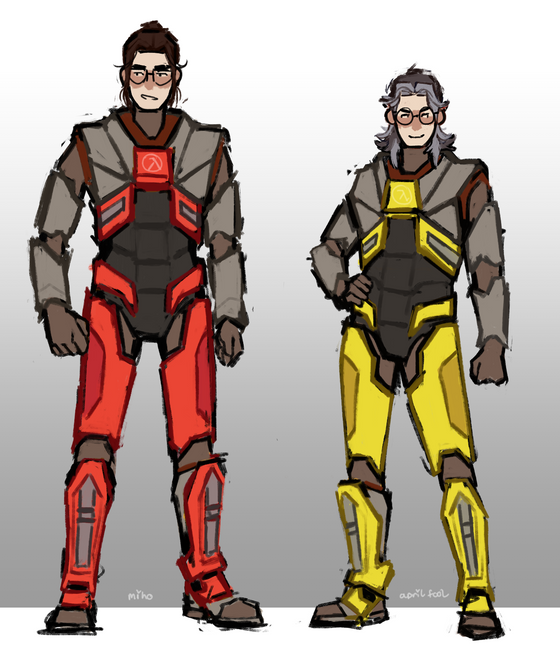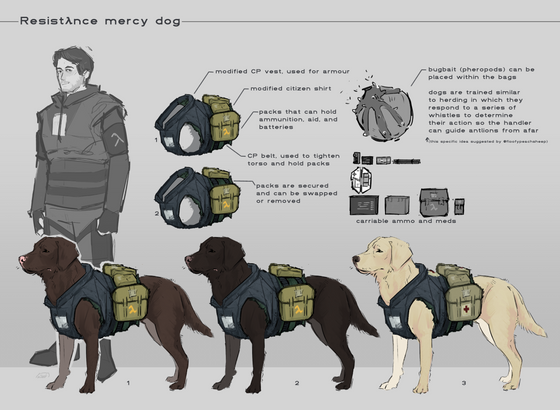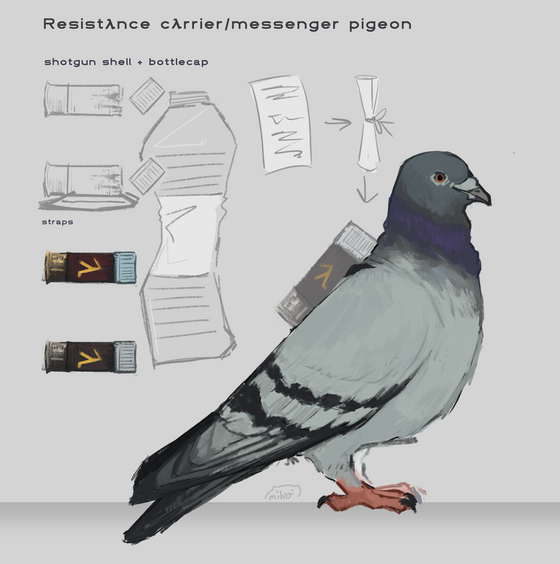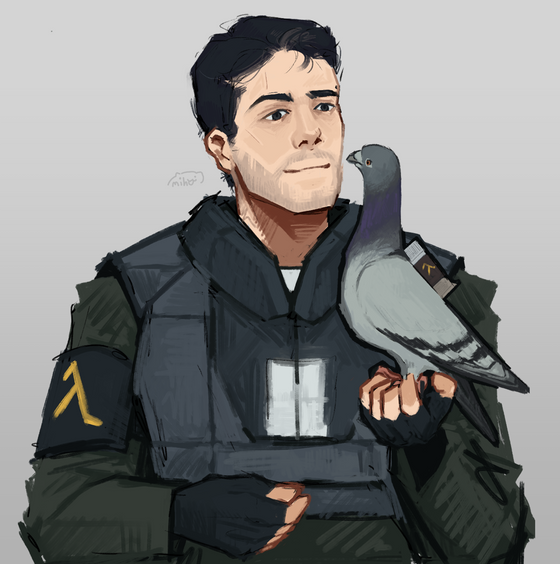

me and my friend @april.fool (on most platforms) in HEV suits :) #hev #selfinsert
i am obsessed with halflife, and I also draw sometimes :^) // check out my socials B) // (she/her)



me and my friend @april.fool (on most platforms) in HEV suits :) #hev #selfinsert




some practice i did, my least fav is barney cos i couldnt seem to get his face shape right but oh well c:
 7
7 11
11 10
10 8
8 8
8
Resistλnce mercy dog Another animal that had faired well with the new conditions on earth were dogs, providing not only moral support to survivors but also much needed physical aid, they were easy to train with what the resistance had on hand. So Barney seized the opportunity, not solely teaching them for combat, but as mercy dogs, going to and from injured survivors or someone in need of aid. Supplies would be placed within their packs that anyone on the ground could access, and then with a s…
 11
11 12
12 12
12 5
5 4
4 3
3

Resistλnce cλrrier/messenger/homing pigeons With the invasion of the combine, all communication via radio waves was risky and in danger of being tapped into, Barney, taking up leadership wanted to source another way to safely send important emergency/update messages from outposts to a main base in case radio communication was lost or unstable. Someone suggested the use of pigeons, as they adapted well to the post war conditions and were in abundance. They began to raise pigeons at the main bas…
 8
8 10
10 10
10 9
9 9
9